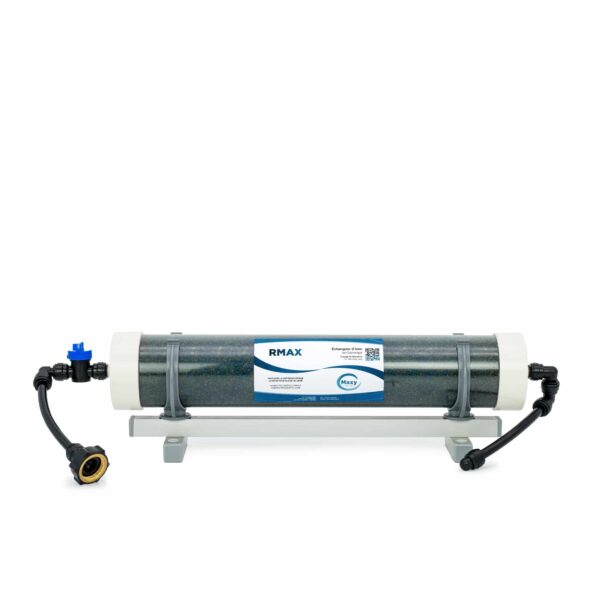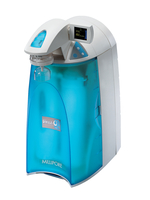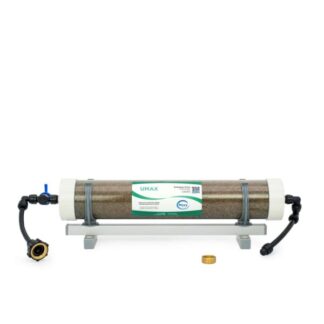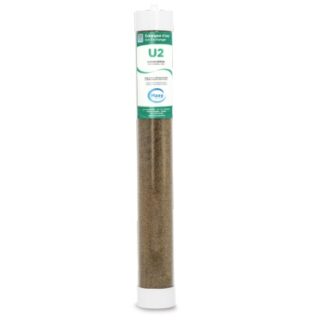Description
The mixed bed of resins, which makes up the Rmax ion exchanger, behaves like a large number of pairs of cation and anion exchangers in series. The strong acid produced by the cationic resin is immediately neutralized by the neighboring anionic resin with the formation of water, so that the exchange front remains neutral. Thus the water which passes through the exchanger is demineralized without releasing the co-ions resulting from the exchange, which would have the effect of limiting the reaction by establishing an equilibrium, as in the case of a cationic or anionic exchange alone. . The height of the exchange front depends on the diffusion speed of the ions, the volume charge of the solution and its initial concentration. We thus obtain water of exceptional quality which is almost impossible to obtain by a classic technique in separate cationic and anionic beds.
The presence of a colored indicator allows you to visualize the saturation point. At saturation, the resin changes from blue to ocher. After saturation, the resin cannot be regenerated.
Features
- Produces pure and ultra-pure water at low cost
- Works without electricity
- Easy change of columns (tool provided)
- Skeleton: Styrene / Divinylbenzene copolymer
- Functional groups: Quaternary ammonium
- Chemical resistance: insoluble in acids, diluted bases and common solvents
- Conductivity: <2 µS/cm
- Saturation: colored indicator changes from blue to ocher after exchange of 1117 Meq
- Maximum pressure: 2.5 bar at room temperature
- Minimum treated volume: 280 L at 20°F
- Flow rate: 80 liters/hour
- Operating temperature: 10 to 60°C
- Dimensions: Height 430 mm, Diameter 80 mm
- Tips: Long + diffusers
- Gross weight: 1.8 kg
- Shelf life: 2 years, in its original packaging, at room temperature.




